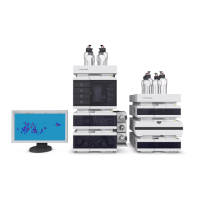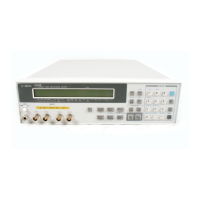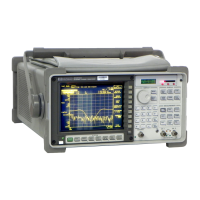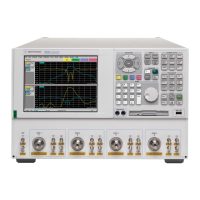Contents ▲ 153 ▼ Index
Regardless of how you create the result flagging rules, there are two options available for
the order in which the rules are applied:
• In Normal mode, the rules are applied in the given order, and the first matching rule will
determine the color of the sample. All rules are applied subsequently. The first rule
which applies to the sample defines its color. So you should start with the most specific
rule. If that one does not apply, a less specific one may apply. If none of the defined rules
apply, the final default rule defines the color code.
• In Ta rg e t mode, all rules are applied subsequently. If the next rule applies, the color code
changes to the color code defined by the rule, otherwise the previous color code is kept.
Therefore, the last matching rule defines the color code of the sample. This mode is
called target mode because later rules refine the result color code. The first default
color code is the most general and the last one the most specific.
You can define the flagging rules already in the assay, or—after the chip run is
finished—modify these rules or define new rules in the chip data file, and apply the rules
to the measurement results. Defined rules can also be saved, loaded and applied to other
data files.

